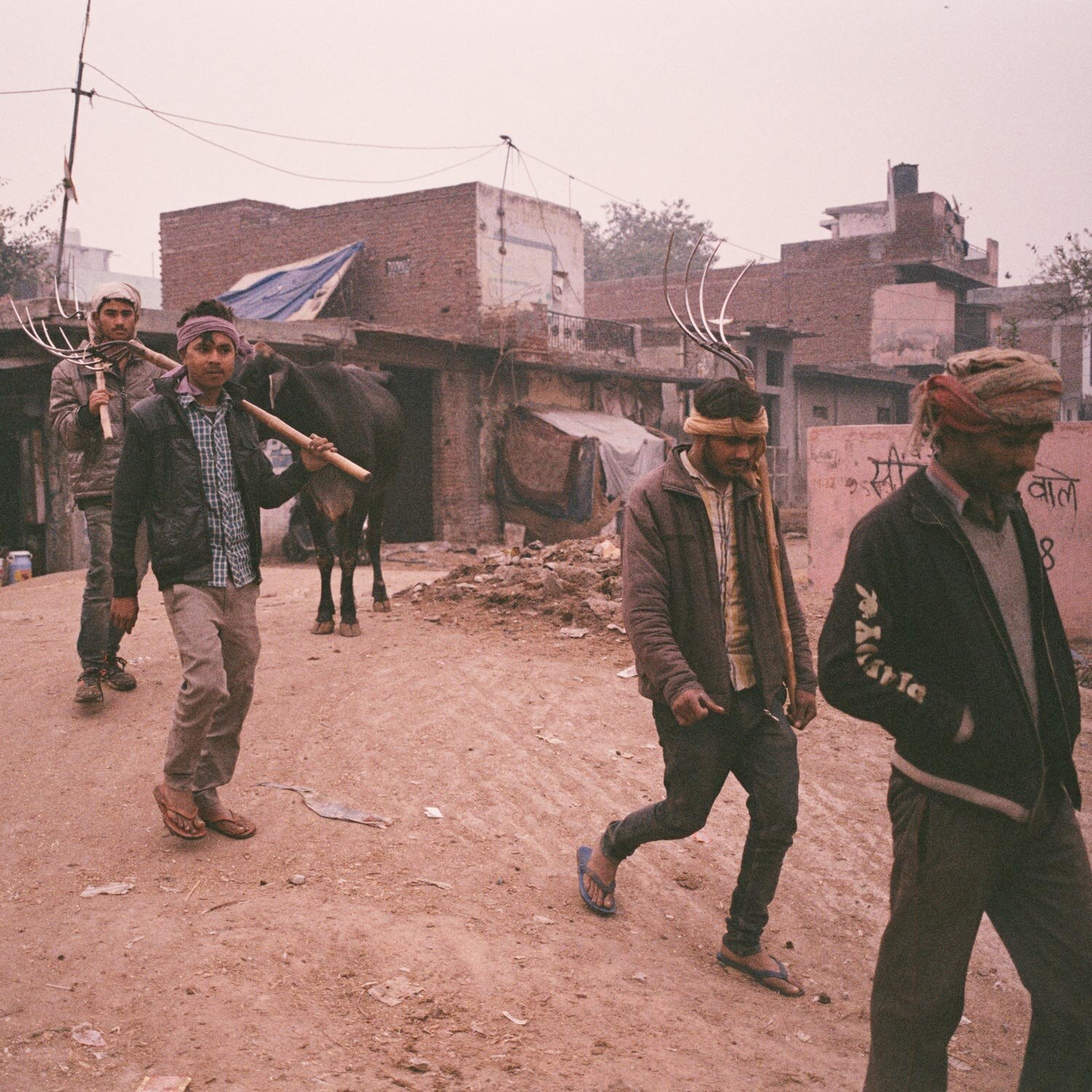Air Like Poison
90 percent of the world’s population breathe highly polluted air. The World Health Organization (WHO) considers air pollution to be the biggest societal health risk in recent times. It is estimated that more than 7 million people die each year due to the consequences of air pollution. Air pollution now claims more deaths per year than smoking, hunger and natural disasters combined.
In October 2018, WHO published a list of the ten most polluted cities in the world. Nine of the ten cities are located in India. With its more than 21 million inhabitants, the capital New Delhi has been at the top of the not so well reputed list for a long period of time. The pollution level in the city is twenty times higher than the recommended levels, and the consequences of the air pollution are now beginning to affect the city’s inhabitants in a very serious way. The air pollution enhances the risk of strokes, cardiovascular diseases and lung cancer.
Every day more than 2,500 tonnes of trash arrive at the Ghazipur landfill in the eastern part of New Delhi. Ghazipur was established in 1984, and it is without comparison the largest landfill in Northern India. The amount of trash has grown into a mountain over 65 metres tall. Methane gas created by the trash causes daily fires that release toxic smoke. This causes the air to become extremely toxic, and sometimes acid rain occurs.
More than 700 million Indians still cook their food on open fires. In New Delhi alone, there are more than 9000 restaurants and hotels that still use the famous Tandori oven – which uses open fire. Especially in the poor areas, cooking food over open fires is the only option. The fires release a large amount of Co2, and contribute significantly to the air pollution.
The Yamuna River rises in Himalayas in Northern India. Together with the Ganges River, the Yamuna River is one of India’s holiest rivers. Its water is so pure that you can drink directly from the river – until the river reaches New Delhi’s city limit. Sewage, chemical spills from factories, laundry detergents and bleach, along with other human activities, have turned the Yamuna River into India’s most polluted river.
When the river flows into the southern part of New Delhi, it is filled with toxic chemicals, which is visible in the large, white splotches of toxic foam that float around in the water. No animal life is left in the water, and the fumes from the river are toxic to inhale. In the city Agra, which is 300 kilometres south of New Delhi, one of India’s most famous buildings, the Taj Mahal, is located. The Yamuna River floats closely by the palace, and the consequences of this can be seen by the fact that the building’s bricks are turned yellow and green from the air pollution that the river brings with it.
The steadily increasing middleclass is clearly evident in New Delhi’s traffic. Issues with hour-long traffic jams is an everyday occurrence. Every second inhabitant owns a motorized vehicle, which means that there are more than 10 million cars and motor bikes in the city. Also there are more than 200.000 auto-rickshaws in New Delhi’s streets. Most of them are old and run on diesel, which releases the most toxic type of exhaust fumes.
Carbon occurs in both gasoline and diesel engines as a chemical reaction of hydrocarbon in the combustion chamber, and the carbon is discharged to the air via the exhaust pipe. The carbon’s compound often contains hundreds of different chemical elements, such as sulphates, ammonia, nitrates, as well as cancer-inducing substances. Therefore, exhaust fumes are very harmful to inhale.
With its over 65 million passengers and 441.000 yearly flights, Indira Gandhi International Airport is India’s largest and busiest airport. Air traffic discharges a significant amount of particle pollution because jet fuel contains 100 times more sulphur than fuel for cars. Additionally, enormous amounts of fuel are burned when airplanes take off. With the airport’s plans to expand towards the year 2030, and the goal of having more than 100 million yearly passengers, it does not look like air pollution due to air traffic is decreasing any time soon in New Delhi.
Protective masks has become a fixture in the daily life in New Delhi. However, the effective, filtered masks are expensive and out of reach for most of the city’s inhabitants.
The air pollution is also caused by the overpopulation in the capital. New Delhi has over 20 million inhabitants, and is one of the fastest growing cities in the world. Since 1990, the city’s population has doubled, and it does not look like it is stopping there. It is estimated that in the year 2030, New Delhi will have more than 36 million inhabitants. Overpopulation in known to have a huge effect on both the environment and the climate.
Construction work in New Delhi is developing at fast rate. It is estimated that 70% of the construction planned to be finished in New Delhi by 2030 is still under development. The production of cement, along with poor conditions at the construction sites, result in contamination and pollution. Regulations on shielding of the construction sites are not complied with, and dust from the construction work therefore exhumes into the air and mixes with exhaust fumes from the traffic, causing the air to become even more toxic to inhale.
Published by 360° & Washington Post


















